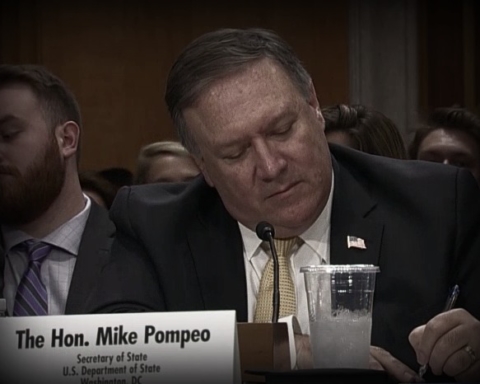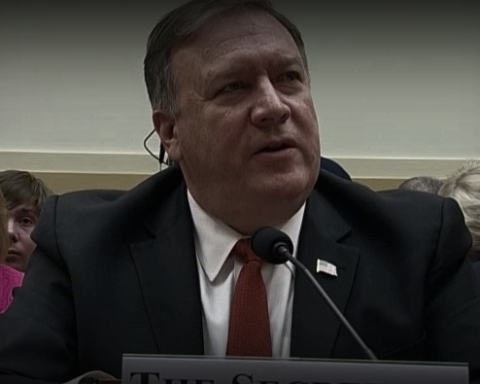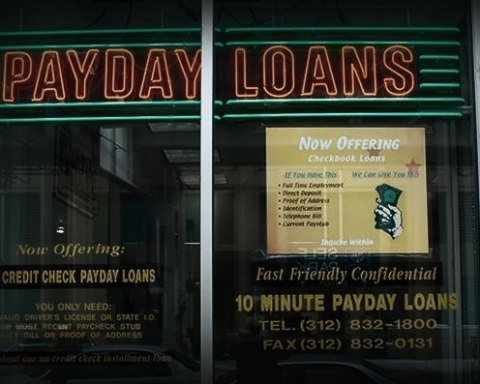The Government Accountability Office (GAO) called out the Center for Medicare Services (CMS) for not properly gauging the threat of opioid abuse by the elderly.
More than 727,000 individuals in the Medicare Prescription Drug program are at risk of opioid addiction, according to some government measures, yet CMS estimated that the at-risk population was only a sliver of that, according to a GAO report released Monday,
GAO blamed insufficient data collection at CMS for that massive gap in oversight.
“Without expanding and enhancing its data collection efforts to include information on more at-risk beneficiaries, CMS cannot fully assess whether it is making sufficient progress toward its goals of reducing opioid use disorders, overdoses, inappropriate prescribing, and drug diversion,” the federal watchdog concluded.
The problems stem from the criteria CMS uses to identify Medicare Part D beneficiaries who are being overprescribed. GAO reports that it is too exclusive.
For an individual to be flagged by CMS as a potential abuser of opioids, for example, they would have to be prescribed more than 120 mg per day for three consecutive months. They simultaneously must have tried to obtain prescriptions from at least four different providers while making use of least four different pharmacies, in the last year.
Once an individual is identified, their sponsor plan is notified, and a variety of actions can be taken to reduce the harm, from more education to restricting opioid sales to an individual at specific pharmacies.
Those standards produced results showing that just fewer than 30,000 Part D beneficiaries were at high-risk of opioid addition in 2011. That number has decreased to fewer than 12,000 by 2016. GAO noted that CMS “officials consider it an indication of success toward its goal of decreasing opioid use disorder.”
The watchdog noted that the Center for Disease Control and Prevention (CDC) has said individuals prescribed at least 90 mg per day, regardless of the number of doctors or pharmacies they use, should be considered high risk.
A CMS review in 2015, found 727,016 beneficiaries are prescribed at the 90 mg level or more—roughly 46-times more people than the current schematic flags.
Beyond that one-time accounting, GAO reported, “CMS officials told us that the agency does not keep track of these beneficiaries, and does not have plans to do so.”
CMS was also knocked for not collecting enough to data to identify providers who might be overprescribing opioids in violation of US law.
The oversight body recommended to the Department of Health and Human Services (HHS) that CMS gather more information on those who received high opioid doses everyday, “regardless of the number of pharmacies or providers.”
Last year, more than 14 million enrolled in the Medicare Part D program received opioid prescriptions.
According to the AARP, opioid abuse hospital rates among Americans 65 years and older have quintupled over the last two decades.







